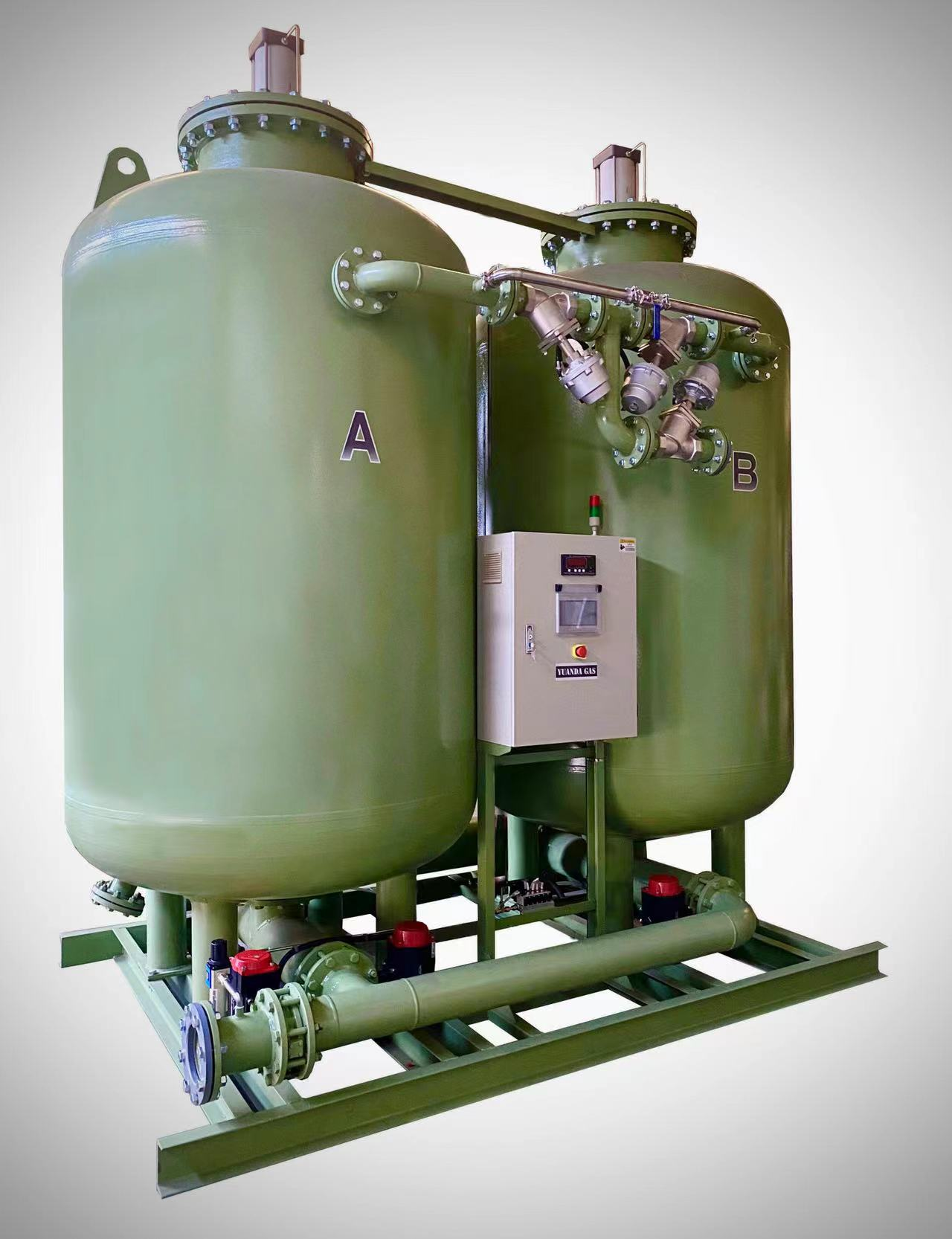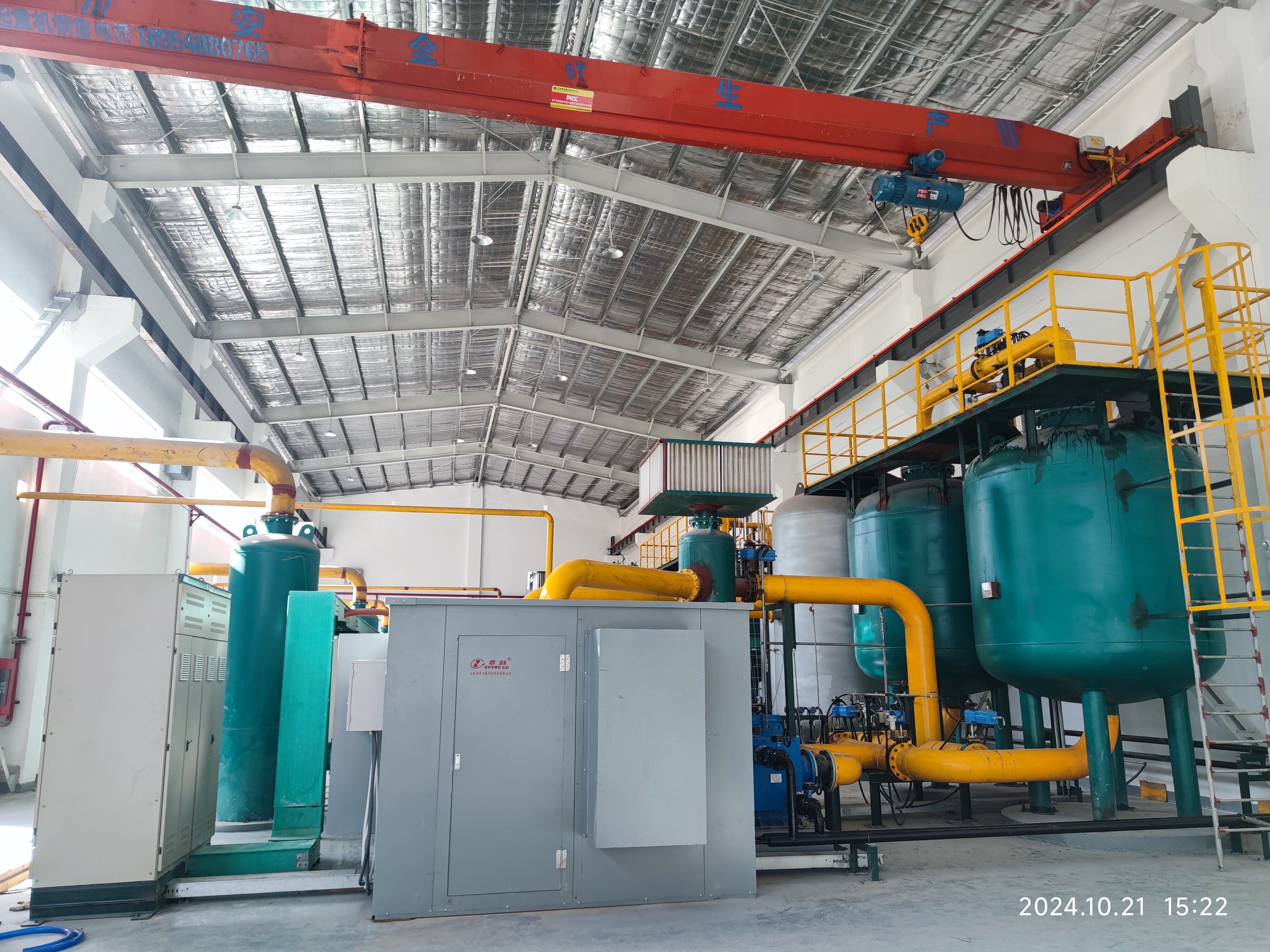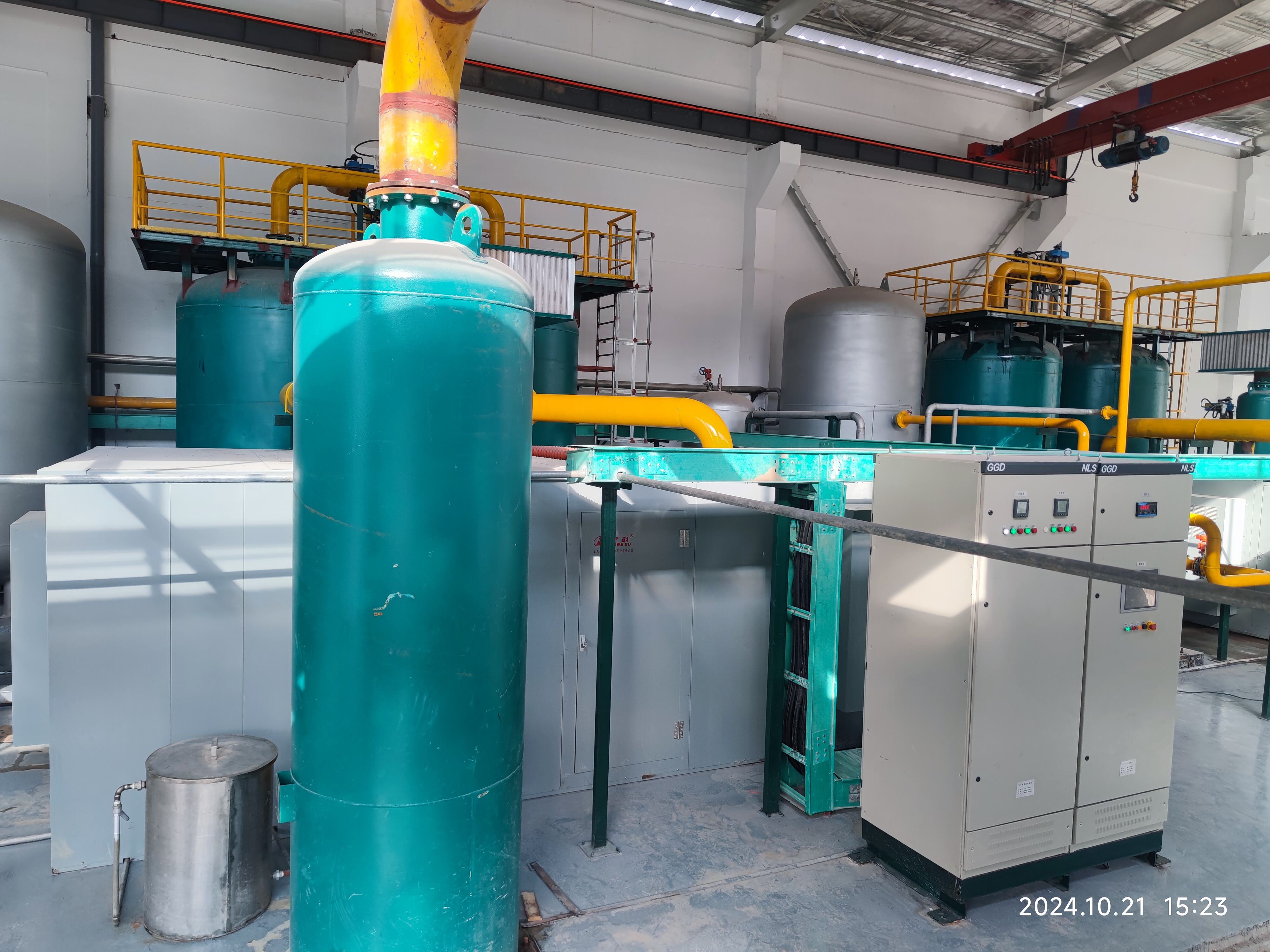หน่วยแยกอากาศแบบ vpsa
VPSA (Vacuum Pressure Swing Adsorption) หน่วยแยกอากาศเป็นเทคโนโลยีล้ำสมัยสำหรับการผลิตออกซิเจนและไนโตรเจนที่มีความบริสุทธิ์สูงจากอากาศในบรรยากาศ ระบบอินโนเวทีฟนี้ทำงานผ่านกระบวนการหมุนเวียนของการกดดันและปลดสารด้วยสุญญากาศ โดยใช้สารดูดซับโมเลกุลเฉพาะเพื่อแยกองค์ประกอบของอากาศอย่างมีประสิทธิภาพ หน่วยนี้ประกอบด้วยภาชนะหลายตัวที่เต็มไปด้วยวัสดุดูดซับซึ่งจับไนโตรเจนอย่างเลือกสรร ในขณะที่อนุญาตให้ออกซิเจนผ่านไปได้ โดยทำให้เกิดการแยกผ่านวงจรการเปลี่ยนแปลงของแรงดัน กระบวนการ VPSA ทำงานที่แรงดันต่ำกว่าเมื่อเทียบกับระบบ PSA แบบดั้งเดิม โดยทั่วไปจะอยู่ระหว่างแรงดันบรรยากาศและสุญญากาศเล็กน้อย ส่งผลให้การใช้พลังงานลดลงอย่างมาก ระบบมีระบบควบคุมขั้นสูงที่ตรวจสอบและปรับพารามิเตอร์การทำงานในเวลาจริง เพื่อให้มั่นใจถึงคุณภาพของผลิตภัณฑ์และการทำงานที่เหมาะสม หน่วย VPSA รุ่นใหม่สามารถบรรลุระดับความบริสุทธิ์ของออกซิเจนได้ถึง 95% และความบริสุทธิ์ของไนโตรเจนได้ถึง 99.999% ทำให้เหมาะสำหรับการใช้งานในอุตสาหกรรมหลากหลาย เช่น สถานพยาบาล การผลิตเหล็ก การผลิตกระจก และการแปรรูปเคมี การออกแบบแบบโมดูลาร์ของหน่วย VPSA ช่วยให้ขยายขนาดและติดตั้งได้ง่าย ในขณะที่การดำเนินงานอัตโนมัติของพวกมันต้องการการแทรกแซงของผู้ปฏิบัติการเพียงเล็กน้อย


